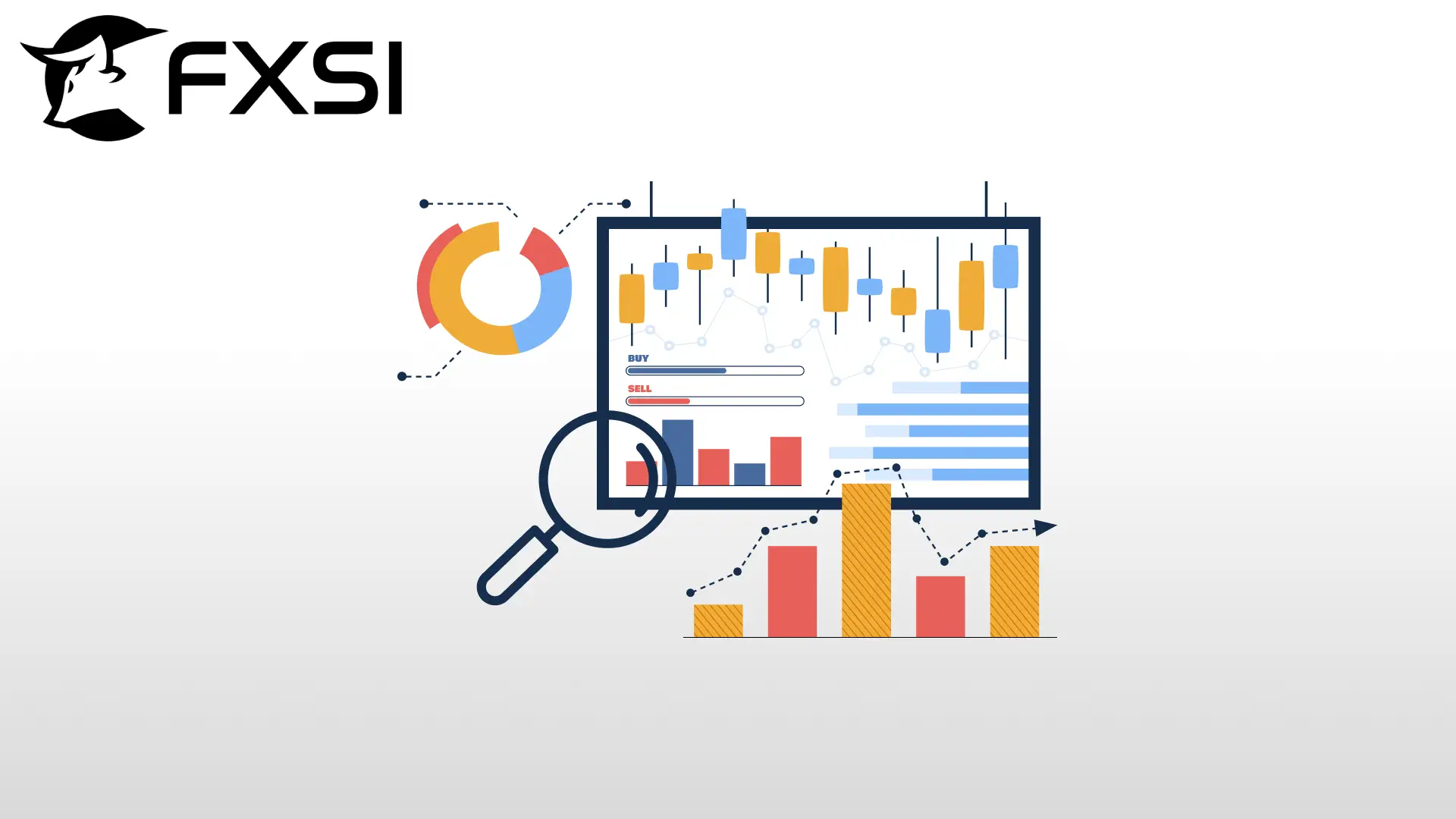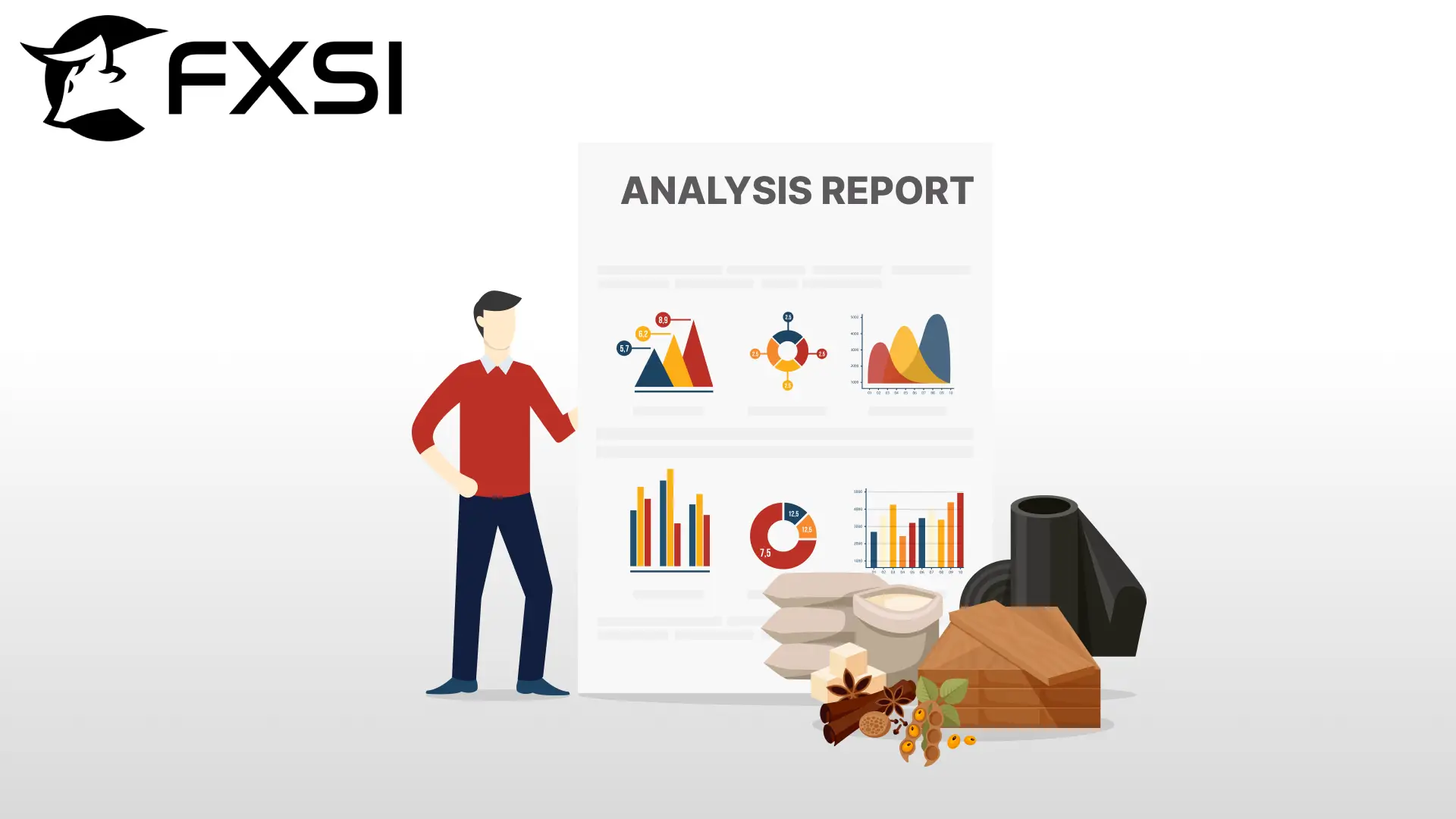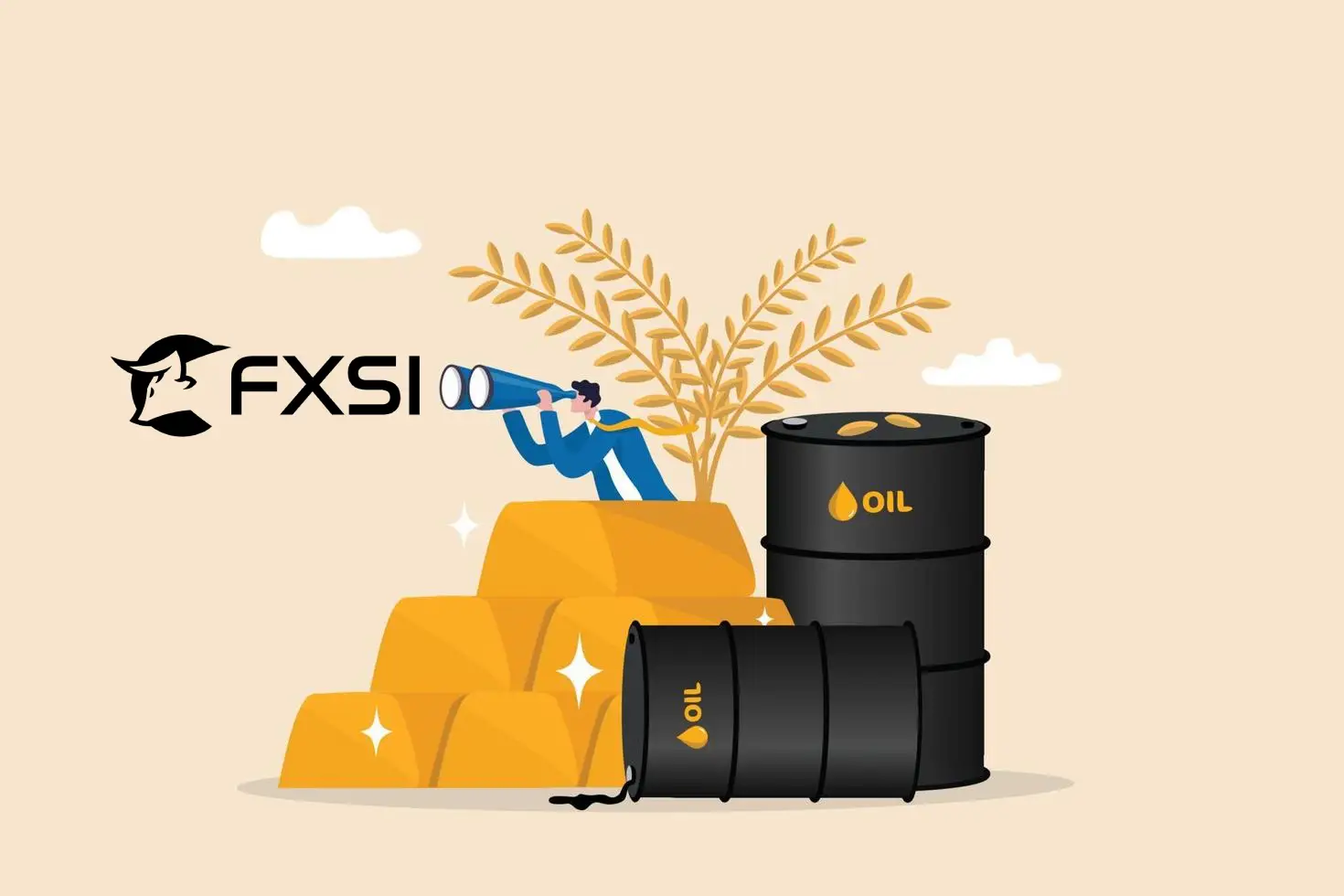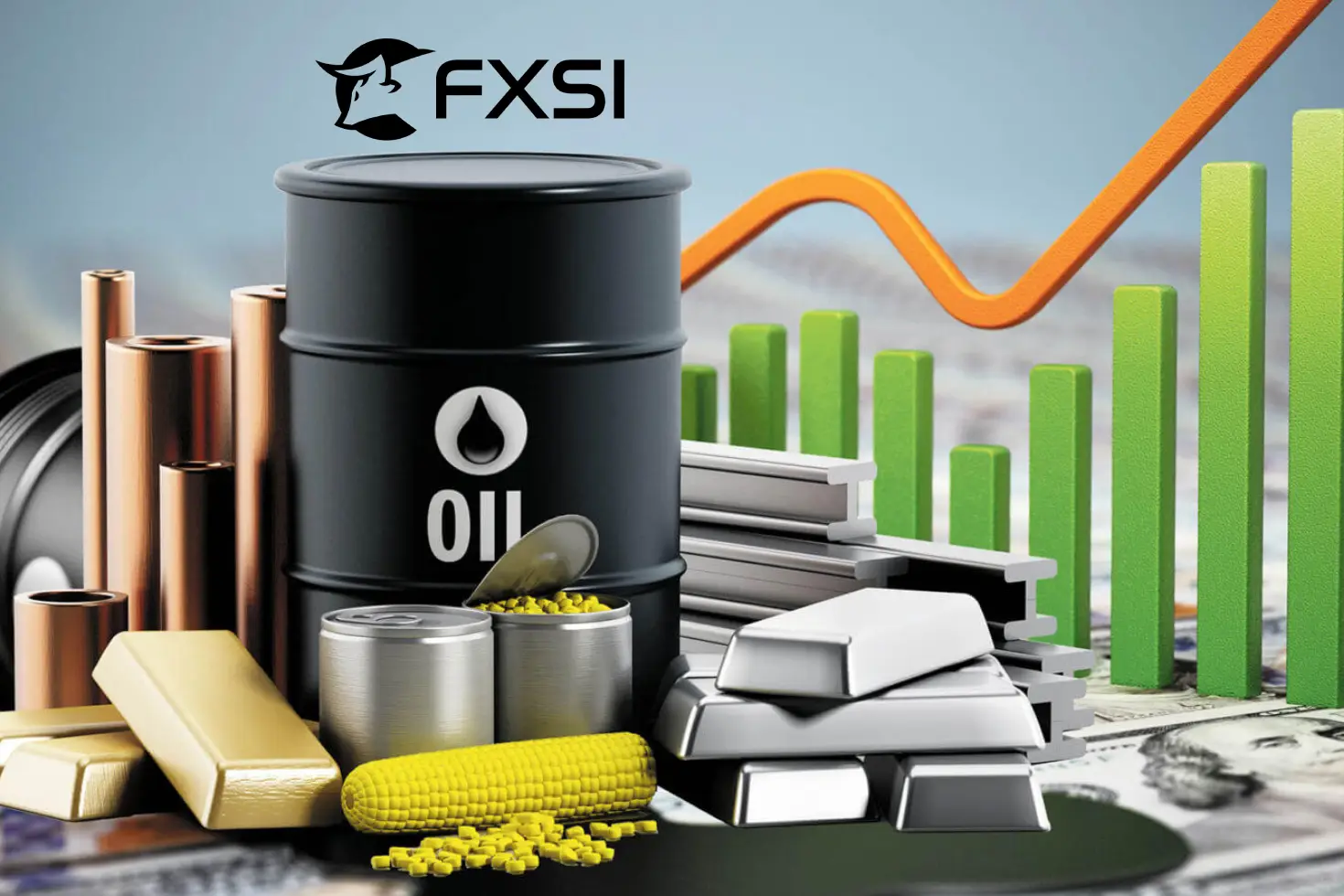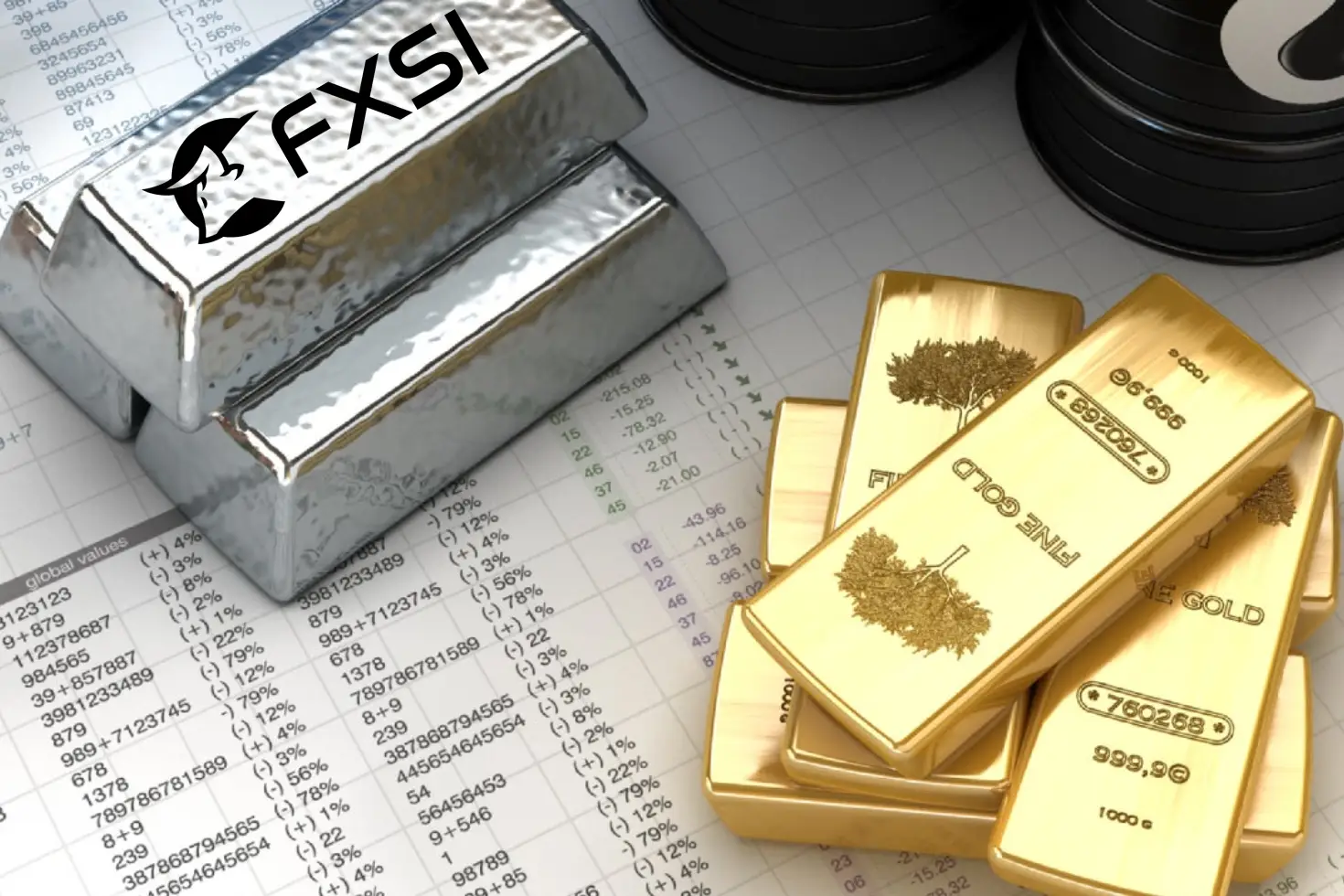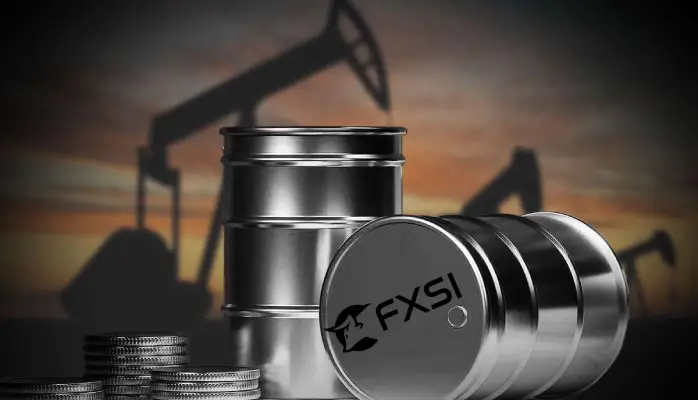If you’re searching for the difference in physical vs financial commodity trading, keep reading further!
The practice of trading in commodities is the exchange for essential raw materials globally, which encompasses other important activities, like financial trading, market engagement, or selling of instruments linked to the commodities.
This article highlights the differences in physical and financial commodity trading for ease of understanding on a trader, investor, or business level.
Let’s start!
Physical Commodity Trading: Overview
First, let’s take a look at what the physical trading of commodities includes so we can have a solid comparison table for later!
Primary Characteristics:
Trading activity on Physical Commodities entails the buying, selling, and movement of commodities which consist of oil, gas, metals, and agricultural products in their raw forms. These activities are done with the help of different actors in the business which includes producers, traders, and consumers who require these commodities for energy, manufacturing, or other forms of services.
Supply Chain:
Trading in physical commodities is different from financial assets since it has a considerable labor force. Many employees, firms, and businesses work in transport, logistics, and warehousing. These organizations ensure that there is effective distribution of the goods from the sellers to the end users.
Key Players:
Producers: These are those who extract or grow crude materials such as oil companies and mining firms as well as farming. Trading Firms: These are the companies that buy, transport, and sell commodities which include Glencore, Trafigura, and Vitol. Manufacturers and End-Users: These are the factories, refining, and energy companies that convert crude materials to finished products.
Applied Examples of Physical Commodity Markets
- Oil & Gas – Crude oil is transformed into gasoline by refineries.
- Agriculture – Food producers acquire wheat.
- Metals – Electronics manufacturers consume copper.
Financial Commodity Trading: Overview
Now, let’s have a look at the main components of financial commodity trading!
Definition and Core Activities
In this type of trading, there is no transfer of physical goods. Trade is done using options, futures, and even ETFs (Exchange-Traded Funds). Such instruments allow a trader to make profits based on movement in prices or hedge against many kinds of risks.
Market Participation
Specialized exchanges deal with commodities that use contracts, and they take the so-called financial commodity markets. These markets are used by investors, hedge funds, and large businesses to manage exposure to price risks.
Financial Commodity Instruments
Futures – An agreement where two parties commit to buying and selling an asset for a specified price at a specified time, hence having pre-decided buy/sell obligations. The holder of a contract stands by his promise to buy while an opposing party in the contract also equally fulfills his requirement by selling.
Options – Agreements via which an investor may acquire ownership of a specified asset at a predetermined market value for a defined period or they may readily relinquish it at a set recovery price.
ETFs – The funds buy commodities to earn profits without direct investment ownership.
Difference in Physical Vs Financial Commodity Trading:
Physical trading requires the use of actual raw materials whereas financial trading makes use of financial contracts like futures and exchange-traded funds. As for the market players, in physical trading, there are traders, producers, etc, while in financial trading, there are institutional investors and hedge funds.
The type of transaction impacts how a trade is carried out. For instance, the buying and selling of commodities is done in a straightforward manner in physical trading. In financial trading, people make predictions on the market, and hedging is done.
While physical delivery is a requirement for some traders, it is not a requirement for financial traders. Instead, they settle their trades by finances. This means that financial traders do not require the physical handling of the commodity.
Deliverable and non-deliverable contracts differ in terms of market regulations. While deliverables are market regulation heavy, the non-deliverables such as the SEC and CFTC have looser restrictions. In terms of risk exposure, one side deals with supply chain fluctuations while the other is concerned with market volatility, underlying assets, and even the risk of lending.
Summary:
The risks of obliterating physical delivery contracts are shifting from supply chains, which increase when handling commodities and involve numerous geopolitical issues for traders, to market risks for financial traders. Regardless of the risk type one deals with, a trader’s strategy needs trimming.
Note: Learn more about managing risk in commodity trading!
The Innovations in the Commodity Market
Let’s have a look at the most recent innovations in the commodity market!
AI & Algorithmic Trading
Both commodities: physical and financial, are going through a technological revolution. AI and algorithmic trading are heavily utilized among hedge funds and other traders to discern pricing trends and make trades at much greater speeds.
Blockchain & Smart Contracts
With the adoption of smart contracts, commodity trading is becoming more transparent and secure. Automated execution of trades, once certain conditions are met, is helpful for those physical trading companies that handle supply chains.
Realtime Market Analytics & Data
Now traders are able to have access to advanced analytics data in seconds to determine market behavior as well as the price of commodities. Advanced software platforms further assist their decision-making and enhance their trading strategies.
Commodity Trading in the Future
Now, let’s have a look at how commodities are likely to be traded in the near future!
Renewable Energy
The urgency towards sustainable energy has increased demand for emerging markets such as batteries and electric vehicles’ lithium, cobalt, and rare earth metals.
Changes In Government Policies
Around the globe, there is a more intense focus on scrutiny and commodity trading comes with added restrictions including demanding more transparency and protection of the environment. Those changes influence all types of traders, physical and financial.
ESG Investing Evolution
The Environmental Social and Governance Care ESG criteria influence sourcing commodities. More and more, investors as well as companies are trying to deal with more ethical and sustainable sources of commodities which will determine the trading strategies that will be used in the future.
Note: Learn more about how to become a master in commodity trading!
Conclusion:
Knowing the difference in physical vs financial commodity trading allows the trader to make informed investing decisions, based on facts and knowledge. It’s important to have a straightforward idea of what you’re going to invest in and always manage your funds carefully.
Happy trading!
